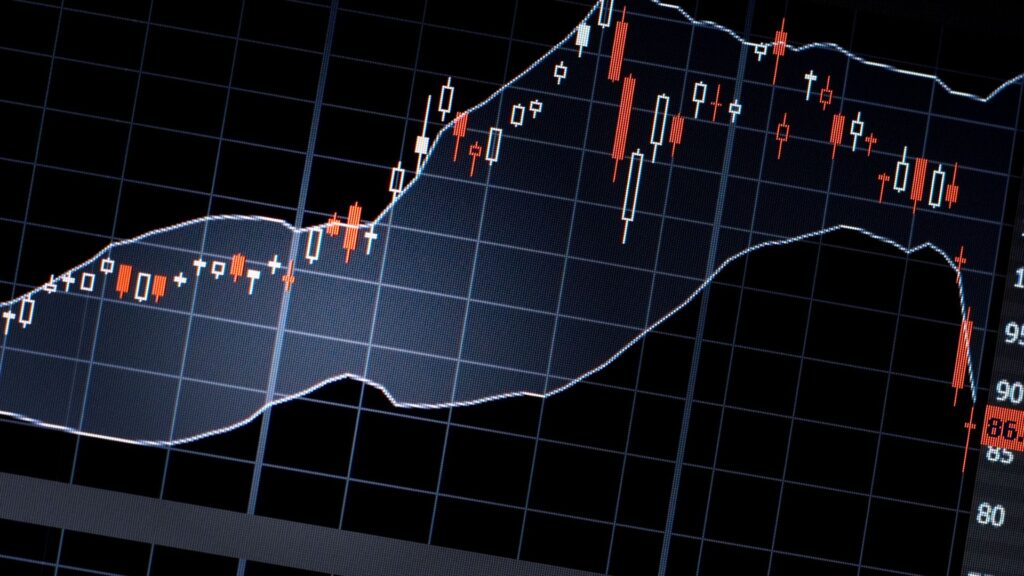In the fast-paced world of trading, patience is one of the most underestimated but vital qualities for long-term success. Many traders, especially beginners, feel the impulse to act on every market movement, fearing they’ll miss out on potential profits. However, learning to wait for the right setups and following a disciplined approach can be a game-changer. In this guide, we’ll explore why patience is so important, how it directly impacts profitability, and strategies for cultivating this essential mindset.
What is Patience in Trading?
Patience in trading refers to the ability to wait for high-probability setups and avoid impulsive decisions driven by emotions like fear of missing out (FOMO) or greed. Practicing patience means adhering to a well-defined trading plan, even when the market moves against your expectations.
The Benefits of Patience in Trading
1. Better Decision-Making
Waiting allows traders to make more calculated decisions. When you’re patient, you’re less likely to react impulsively to short-term fluctuations or succumb to FOMO, leading to more rational and well-timed trades.
2. Avoiding Overtrading
Impatience often leads to overtrading, where traders take more trades than they planned. This increases transaction costs and exposure to market risks. Being patient helps you stick to a focused strategy, lowering your risks and allowing you to optimize profits from fewer, high-quality trades.
3. Improved Risk Management
Patience allows traders to properly analyze risk and wait for setups that align with their risk tolerance. A well-timed entry with a planned stop-loss ensures that you’re managing risk proactively rather than reactively.
4. Enhanced Emotional Control
Emotionally-driven trading is one of the biggest pitfalls for beginners. Practicing patience reduces the likelihood of rash decisions, helping you to stay calm and composed in the face of market volatility.
5. Increased Profit Potential
Waiting for the ideal setup can result in higher returns. For example, waiting for a breakout confirmation rather than jumping in early allows you to catch a strong trend without being whipsawed by market noise.

Common Challenges to Patience in Trading
Fear of Missing Out (FOMO)
Many traders feel pressured to enter a trade if they see rapid price movement. However, experienced traders know that waiting for solid confirmation before entering is more likely to pay off.
Market Volatility
High market volatility often tempts traders to act quickly to “capture” profit opportunities. But in volatile markets, patience can be a valuable tool in avoiding losses from sudden reversals.
Emotional Attachment to Trades
Sometimes, traders become emotionally attached to specific assets or positions, leading to rushed decisions. Practicing detachment can help you stick to your strategy without bias.
How to Cultivate Patience in Trading
1. Create a Clear Trading Plan
A well-defined trading plan can help guide your actions and keep emotions in check. Include entry and exit criteria, risk tolerance, and predefined strategies to avoid knee-jerk reactions.
2. Set Realistic Goals
Set clear goals to avoid unnecessary pressure on each trade. For instance, aim to achieve a reasonable percentage return over a month rather than forcing high returns every day.
3. Implement Stop-Losses and Take-Profits
Properly set stop-losses and take-profits allow you to step away from the screen without worrying about each price tick, reducing the temptation to act prematurely.
4. Track Your Progress with a Trading Journal
Documenting your trades in a journal helps you learn from each experience. Record why you entered or exited a trade and review your decision-making process to identify areas for improvement.
5. Adopt Mindfulness Techniques
Techniques like deep breathing, meditation, or short breaks can help keep emotions in check. Practicing mindfulness reduces stress and promotes a calm, patient approach to decision-making.
Real-World Examples of Patience in Trading
Many successful traders owe their profitability to patience and a disciplined approach. For example, Warren Buffett’s long-term investing philosophy emphasizes buying undervalued stocks and holding them for years. Although this strategy differs from day trading, the principle of waiting for the right opportunity and sticking to a plan is universal across trading styles.
In the crypto market, Bitcoin investors who held through cycles saw higher returns than those who constantly bought and sold on every price fluctuation. The same goes for traders in forex or stock markets; waiting for high-probability setups often results in more sustainable profits.
Conclusion: Why Patience is Key to Long-Term Success
Patience is a cornerstone of profitable trading, allowing traders to make smarter decisions, manage risks, and cultivate a strong mindset. As tempting as it is to dive into the market with each price swing, a measured approach is far more effective.
If you’re looking for a community that emphasizes strategy and disciplined trading, join EPIQ Trading Floor and access a 3-day free trial! Get professional insights, market analysis, and tailored signals that support patient and profitable trading.
Disclaimer: This article is for informational purposes only and should not be considered financial advice. Always do your own research before making any investment decisions.










Responses